Hello! My name is Owen Smith, I am currently a senior at Ohio Wesleyan University, majoring in zoology. I am in the application process for jobs after school, I would like to be a game warden. I was interested in taking GIS courses because I will use them in the field I plan on working in. I wanted to familiarize myself with GIS and master how it works.
As I went through the reading, it was very thought-provoking, and I had many comments and questions. My natural inclination toward GIS and mapping as a whole was strictly limited to the geospatial mapping of physical formations. Thankfully, I have taken classes with Ashley Toenjes as she has poked many holes in my definition of what GIS is. while reading, I realized how succinct her classes and definitions were with what Schuurman was saying on page 3. When they spoke about the identity crisis that GIS faces. Another thing I found interesting was how new GIS is, in the grand scheme of mapping. Logically, it makes sense though, the computing power needed to make these extremely complex maps has only recently become accessible for most everyone.
One application of GIS that I found applied to me was the use of data analysis in the workplace. As an outdoorsy person being able to use GIS opens up a plethora of job opportunities. For example, the state of Montana is actively hiring employees to use GIS and analyze natural resource data. I chose to look into invasive plant species in Siberia. Having taken several plant/climate-based classes. So, looking into the mapping of invasive plant species and thier migration due to climate change was something that really stuck out to me. The attached map is just one of the several images used to show the locations the invasive species were found.

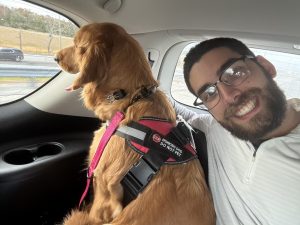
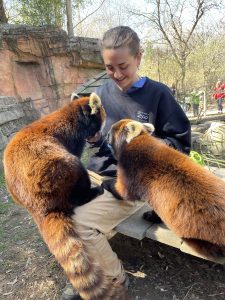
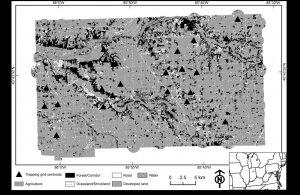
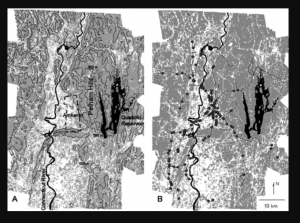

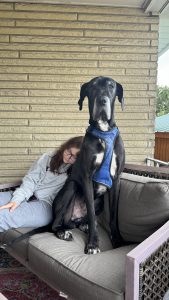
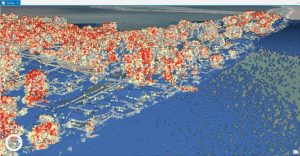
 Don’t drown in Geog 291!
Don’t drown in Geog 291!